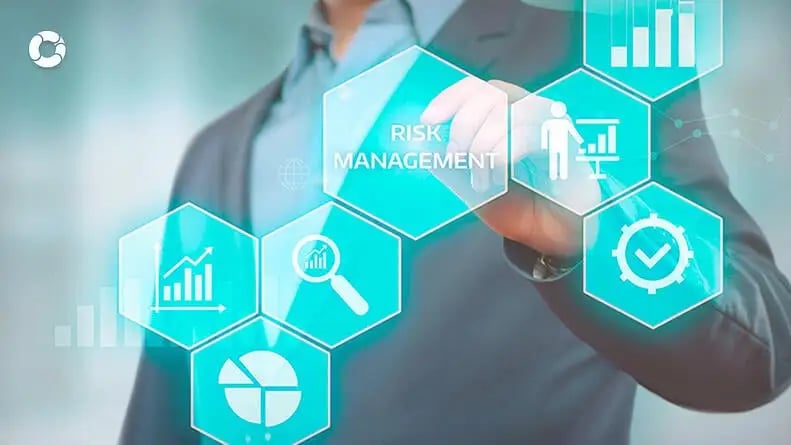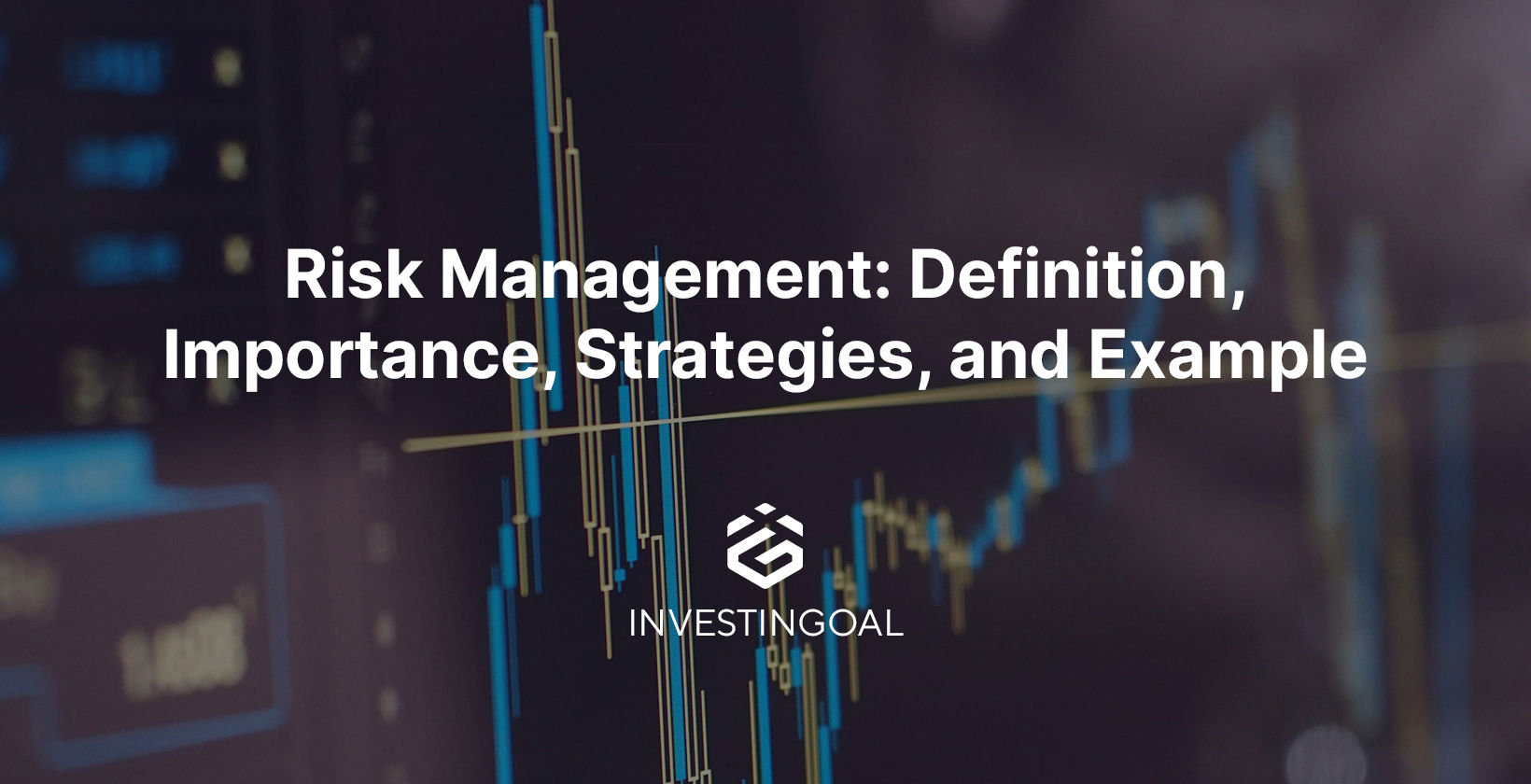How the Importance of Risk Management Drives Successful Project Outcomes
How the Importance of Risk Management Drives Successful Project Outcomes
Blog Article
Why the Relevance of Risk Management Can not Be Neglected in Today's Economy
In today's rapidly advancing economic landscape, the duty of Risk Management has actually come to be essential. This increases a crucial concern: can the significance of Risk Management in ensuring security and sustainability be forgotten?
Understanding the Principle of Risk Management

The Function of Risk Management in Today's Economic climate
Having grasped the idea of Risk Management, we can currently explore its role in today's economic situation. Risk Management functions as a critical tool for organizations and governments, enabling them to navigate operational and financial unpredictabilities. Effective Risk Management can assist companies expect prospective hazards, allowing them to make informed decisions and act proactively instead of reactively. Furthermore, it helps in the allocation of resources, ensuring that possible losses are reduced while chances for development are maximized. In the context of an uncertain economic landscape marked by rapid worldwide events and technological modifications, Risk Management comes to be an essential strategic element, contributing to the security, sustainability, and overall durability of economic situations on both a macro and mini scale.
The Effect of Neglecting Risk Management
Disregarding Risk Management can lead to dire repercussions for any business or economy. The worldwide financial dilemma of 2008 offers as a raw reminder of the catastrophic effect that overlooking Risk Management can have on the economic situation at huge. Hence, overlooking Risk Management not only threatens individual services however can undercut the entire economy, highlighting the critical function played by efficient Risk Management in today's economic landscape.
Trick Elements of Effective Risk Management Methods
Effective Risk Management techniques focus on two key elements: identifying prospective threats and executing reduction measures. To ensure the security and sustainability of a company, these aspects should not be neglected. In the adhering to discussion, these critical facets will be checked out carefully.
Determining Potential Dangers
Why is determining prospective dangers vital in any kind of Risk Management strategy? Identification of possible dangers is the keystone of any reliable Risk Management method. On the whole, the process of identifying potential threats is an important action in promoting business durability and advertising sustainable growth.
Carrying Out Mitigation Steps
Navigating through the unpredictable service waters, companies begin on the crucial trip of applying reduction procedures as component of their Risk Management strategies. These actions, designed to minimize the influence of possible risks, develop the backbone of a durable Risk Management plan. They include various methods, consisting of moving the Risk to an additional event, staying clear of the Risk, minimizing the unfavorable result or likelihood of the Risk, or even approving some or all the effects of a particular Risk.

Case Studies: Successful Risk Management in Practice
In spite of the intricacies entailed, there are numerous circumstances of efficient Risk Management in method that show its crucial duty in business success. As an example, Boeing, the aerospace giant, managed to minimize the Risk of ever-changing currency rates by hedging versus the dollar making use of forward contracts. Another example is Toyota's reaction to the 2011 Japan quake. The car manufacturer promptly established a threat Management group that decreased production downtime by determining alternative vendors. In the economic industry, Goldman Sachs weathered the 2008 economic meltdown with a durable Risk Management program that expected the subprime home mortgage crisis. These circumstances underscore that successful Risk Management can not only protect companies from prospective dangers yet additionally allow them to seize opportunities.
Future Patterns in Risk Management: Adapting to a Dynamic Economy
Looking in advance, the landscape of Risk Management is positioned for considerable modifications as it adjusts to a dynamic economy. Technical innovations are anticipated you can check here to change the field, with automation and artificial knowledge playing a vital duty in Risk identification and reduction. This shift will require a new skill established for Risk managers, that will need to be proficient at using these modern technologies. At the very same time, the raising intricacy of international markets and the unpredictability of geopolitical occasions blog are making Risk Management a lot more difficult. Consequently, a pattern in the direction of even more integrated, all natural methods he has a good point to taking care of risks that think about a vast array of scenarios is expected. importance of risk management. This will certainly be vital in navigating the intricacies of the future financial setting.
Final thought
In conclusion, Risk Management plays a vital function in today's volatile and interconnected economic climate. As the economic climate proceeds to develop, so need to risk Management approaches, underscoring its recurring relevance in an ever-changing organization landscape.
A correct Risk Management approach is not concerning removing dangers completely - an accomplishment nearly impossible in the unpredictable globe of organization. Hence, neglecting Risk Management not just intimidates private organizations but can destabilize the entire economic climate, underscoring the crucial function played by reliable Risk Management in today's financial landscape.
Reliable Risk Management methods rotate around two crucial components: implementing and determining possible risks reduction actions.Why is recognizing possible threats essential in any kind of Risk Management technique? They encompass different techniques, including moving the Risk to an additional celebration, preventing the Risk, reducing the adverse result or chance of the Risk, or also approving some or all the repercussions of a certain Risk.
Report this page